Bullmastiff vs Pitbull: Knowing Their Difference
No doubt, both the Bullmastiff and the Pitbull are great fighting dogs, thanks to their protective instinct. Although they both share some aspects making them similar in a way, there are several other areas in which they largely differ.
Looks-wise, you can immediately tell which breed is which. Both dogs have varying personalities that match different families worldwide. Considering that they are unique, determining which one to go for is crucial in choosing a new family addition.
Table of Contents
Breed Origins
Bullmastiff
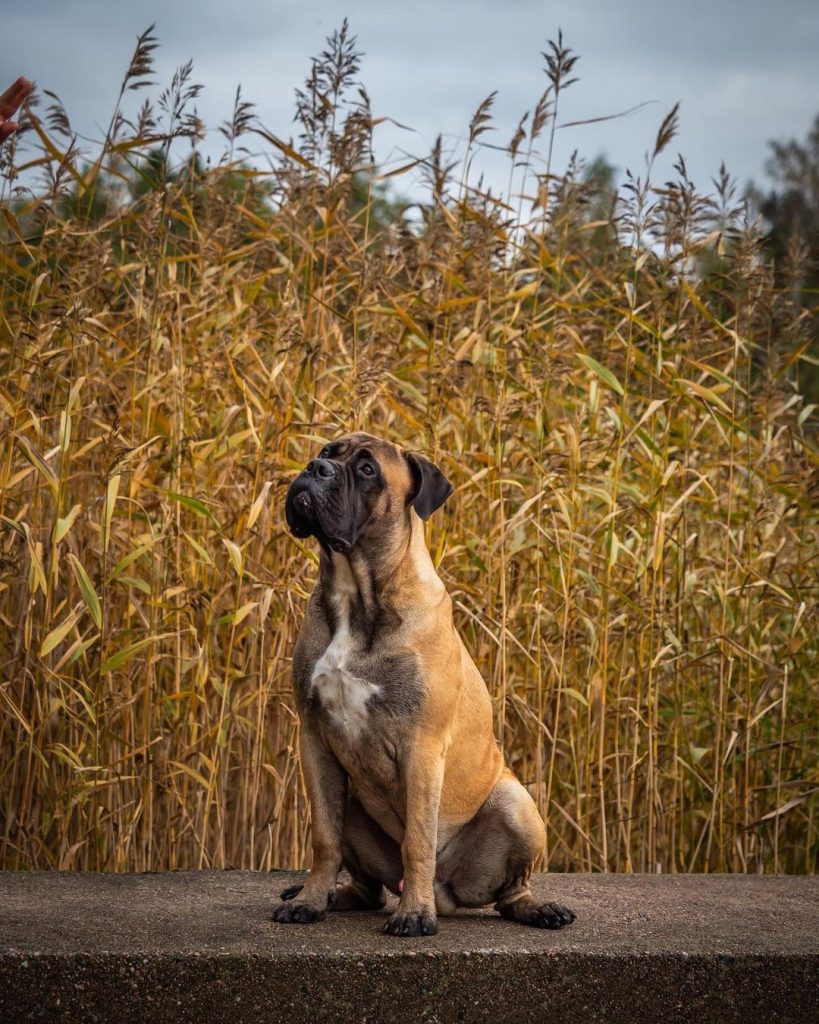

The Bullmastiff is a new breed developed in the United Kingdom around the 1860s. He was primarily bred to aid gamekeepers in their duty to ward off poachers who would sneak into private lands and steal prized animals which proved to be very costly for landowners.
It is speculated that it took gamekeepers many experiments before finally discovering that the gentle yet massive English Mastiff and the smaller yet aggressive Bulldog were a perfect match- hence the name “Bull-Mastiff”.
When this canine came about, he possessed all the desired qualities needed. He can be large enough to face and scare off uninvited guests and confrontational when necessary. Scouting the territory at night was part of his job. This led to a heavy preference toward dark brindle Bullmastiffs. When poaching was no longer a thing, other Mastiff features showed in this distinct breed.
Pitbull
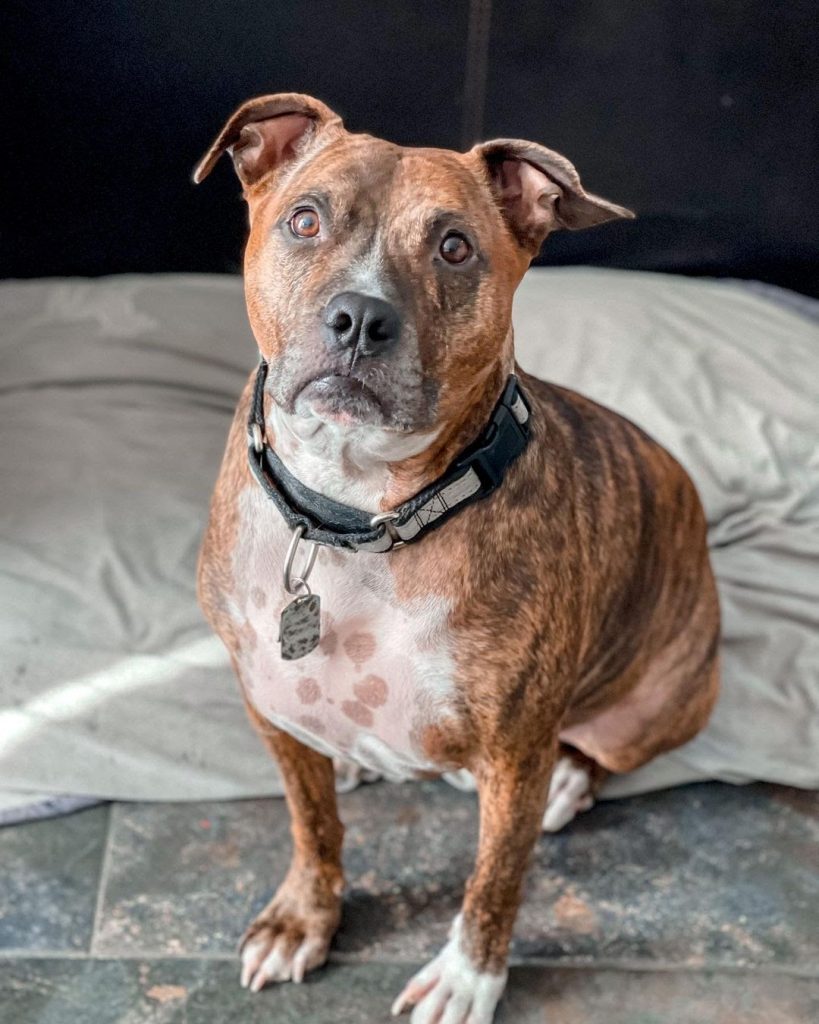

It is believed that all dogs considered Pit Bulls come from the Bull and Terrier. These originate from the United Kingdom but were, later on, imported to North America during the 1870s.
Dogfights were a popular pastime mainly enjoyed by the struggling classes. Due to the natural aggression manifested by the Pitbull, he was made a frequent participant in these entertainments. Often, a certain animal like a bear is placed in an arena and about two dogs are set loose to pester the animal. When such a horrendous activity was eventually banned, Pitbull breeders attempted to have their dogs recognized. Unfortunately, the dog’s association with brutal dogfights prompted the organizations to turn down the proposal.
Size, Appearance, & Coloring
Bullmastiff
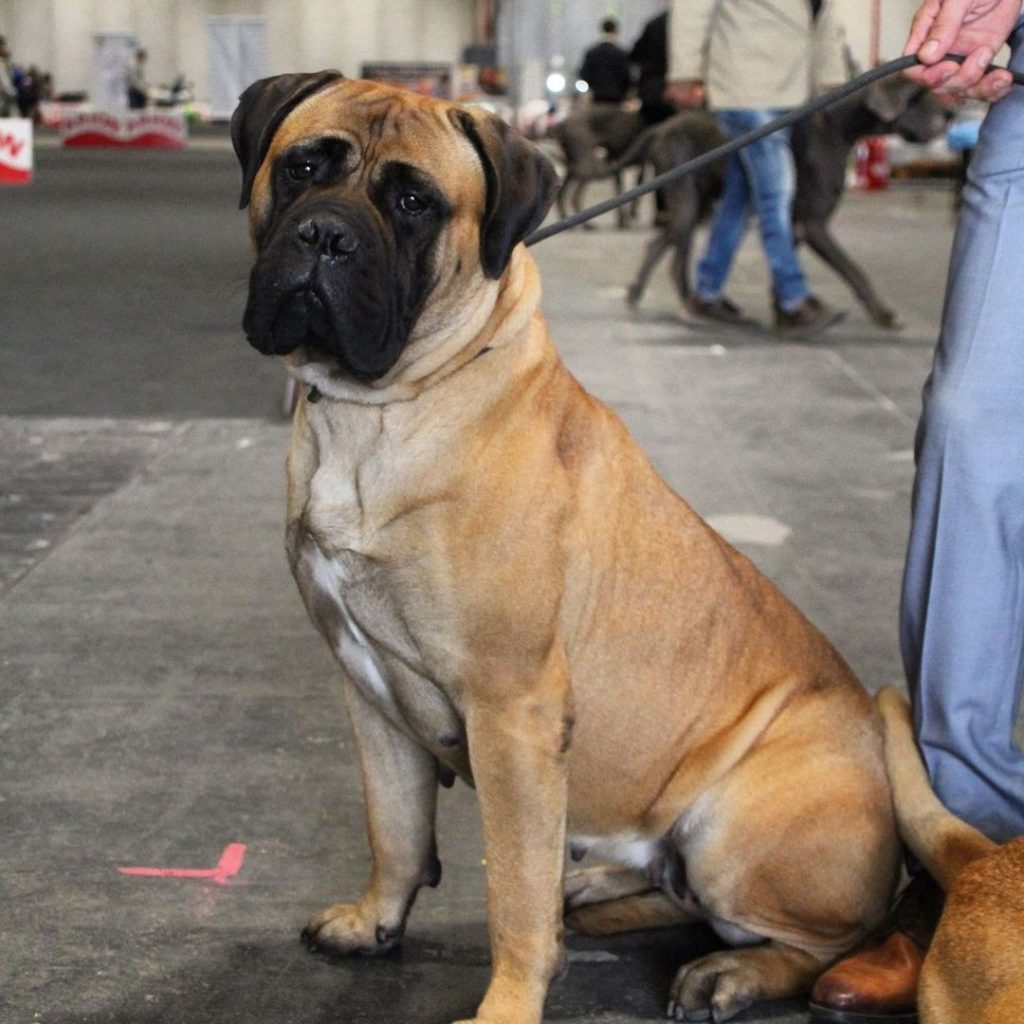

Large, but not as large as its Mastiff parent. Still, the size of the Bullmastiff is menacing as he stands tall at 24-27 inches and weighs 100-130 pounds. With the set standards of the American Kennel Club (AKC), Bullmastiff owners are advised to help their dogs attain these ideal measurements for their health’s sake.
Bullmastiffs exhibit the black mask of their Mastiff parent but his head has more resemblance to his Bulldog ancestry. He is quite bulky and muscular with four thick legs and giant paws. His body should be narrowing once it reaches the loin and his tail is set moderately high on the rear and its tip tapers.
So far, there are only 3 natural colors for the Bullmastiff which are:
- Fawn
- Red
- Brindle
Pitbull
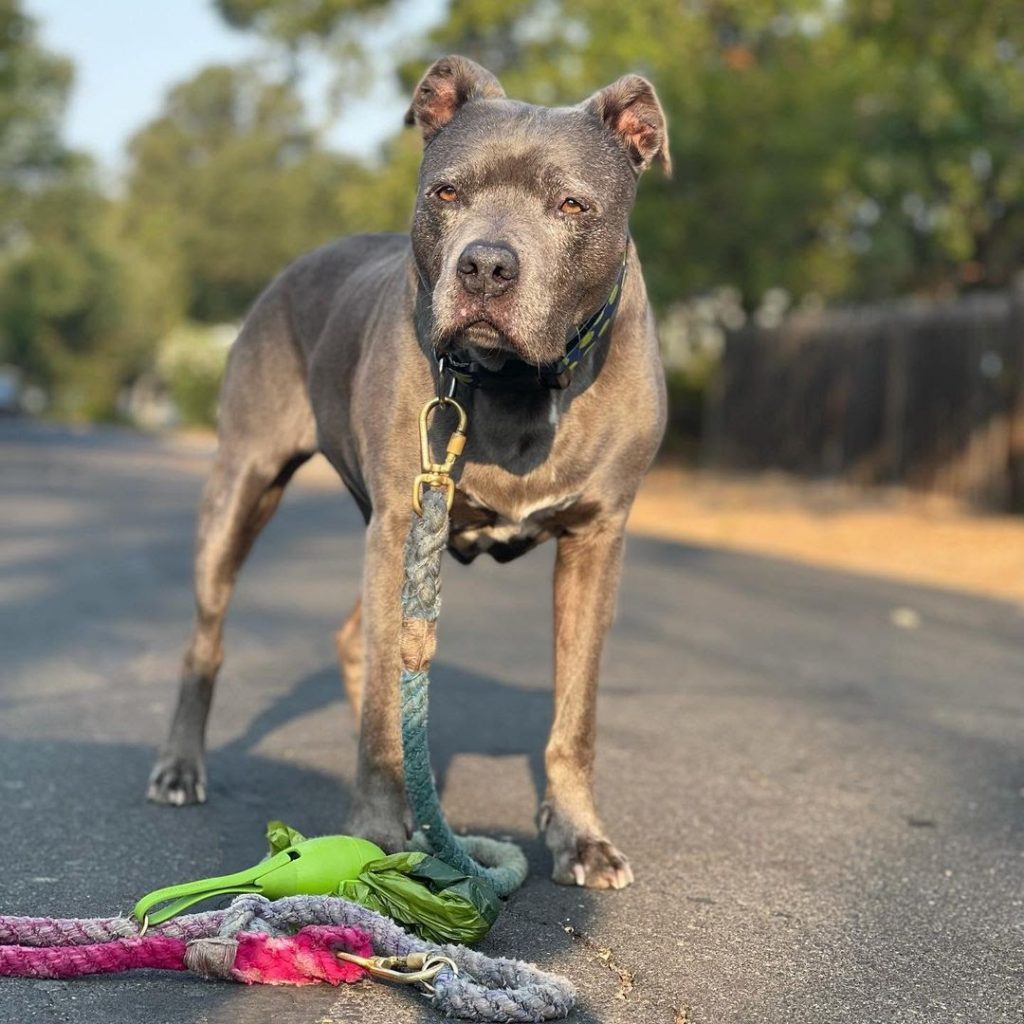

Pitbulls are medium to large dogs that can be easily identified due to their broad, large heads and muscular appearance. Their small but sharp-looking eyes are intimidating and their jaws clearly look strong enough to snap anyone’s bones into several pieces.
Other features of this dog include a high tendency to drool, a thick and strong neck, and muscular yet fleshy legs. His tail tapers, but at times, owners opt to dock him. His ears are also cropped to give out an impression of an alert and threatening dog.
There are lots of coat colors to choose from if you go for a Pitbull. The common ones you can see are:
- Black
- Red
- Blue
- Tan
- Fawn
- Seal
Currently, merle is the rarest and by far, the most popular in demand due to its unique color variations and the blue eyes that come with the genes.
Temperament
Bullmastiff
Great with humans, but quite skeptical in forming relationships with other dogs and strangers. Even if the Bullmastiff is properly socialized, this shouldn’t give you the reason to approach an unfamiliar dog. However, if you have brought home a Bullmastiff puppy for yourself, you can expect that he’d be the best companion you’ll ever have.
He’s protective, loyal, and warm-hearted. Putting himself on the line against intruders is something he would immediately do just to guarantee the safety of everyone.
If you have a cat at home or you’re planning to get another dog to accompany him, it is much better if they are raised together as puppies or that the interaction is done properly. This will avoid future conflicts since the Bullmastiff breed is not the most cheerful when it comes to new additions.
Pitbull
Pitbulls are best home buddies provided that you understand and aid them in bringing out their excellent traits. One major reason why there have been several accounts of attacks involved by Pitbulls is the incompatibility between the dog and the owner. Before you take a puppy of this kind to your home, assess first if you could provide the kind of ownership he requires as well as his needs.
When raising him is done right, you’ll witness a loving dog whose affectionate nature overpowers his bloody history. He will be kind with your kids, but supervision is still necessary. He can be standoffish and less tolerant with other dogs, yet low in aggression toward other people.
These, however, are general descriptions of his temperament. In the end, it is you who will know your dog better. If there’s anything that could cause a bad reaction from him, deal with it promptly to keep undesirable events from happening.
Exercise Needs
Bullmastiff
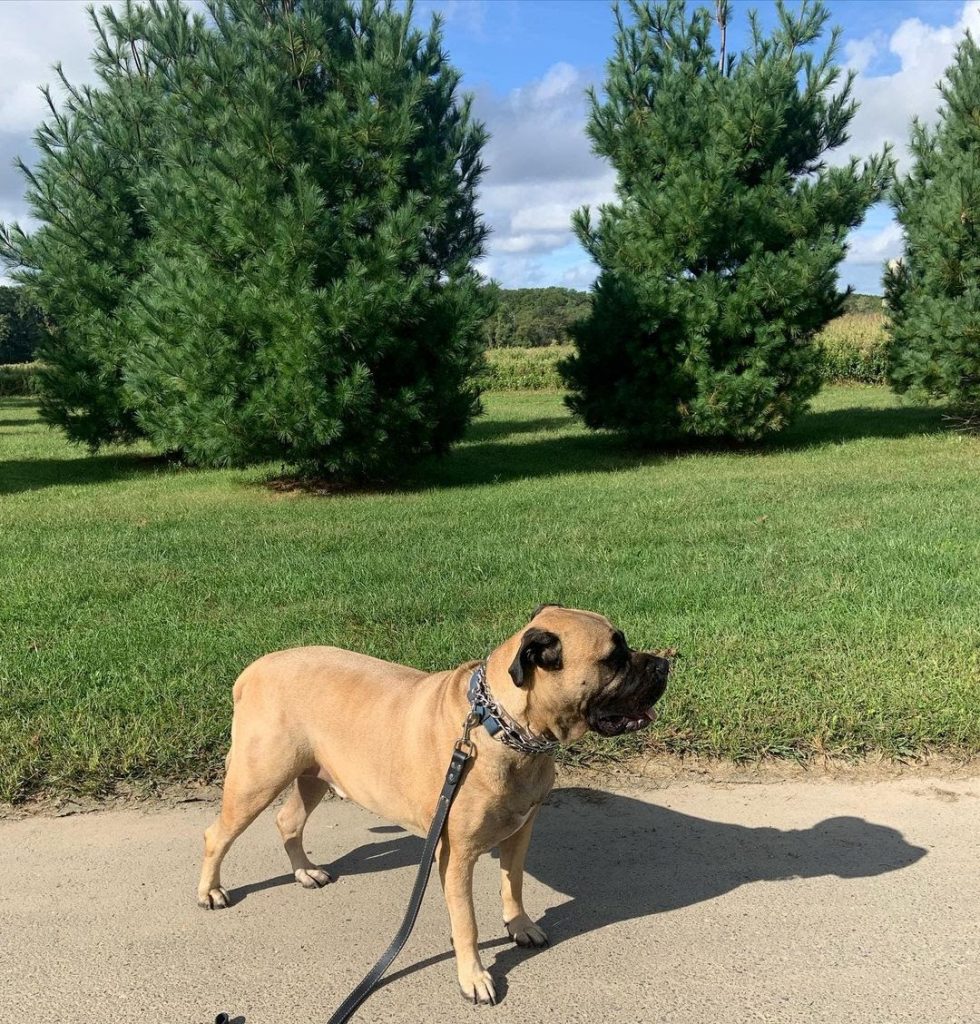

A 2-hour exercise daily is enough to keep this sinewy dog happy and healthy. Despite the athletic appearance, that doesn’t mean he’d need to frequently sweat off or do vigorous physical drills. Remember that he has low levels of energy, so plan out his day-to-day activities that would match his motivation to stay fit.
Never deprive him of this need. Even if he seems fine by dozing off in his dog bed, prolonged periods of inactivity can cause behavioral and health problems.
Pitbull
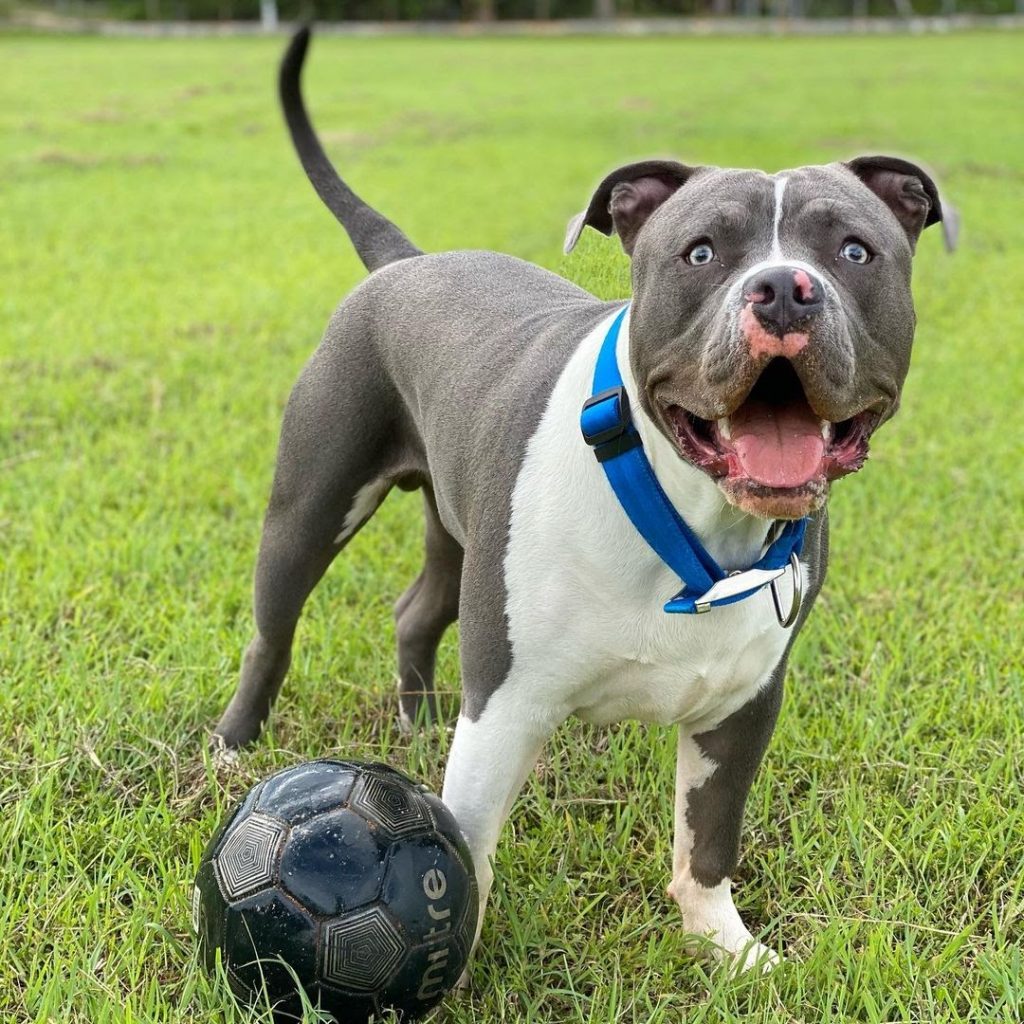

Letting your Pitbull go off for an exercise in a secure area will keep him happy and full of vigor. You can allocate a minimum of 1 to 2 hours per day for his exercise needs. If you need to take him out for a walk, he has to be on a harness or a leash for safety purposes.
Whatever drills you give him, accompanying him would make him feel special. This dog loves to bond with his owners and exercising together is a great way to experience this.
Grooming Requirements
Bullmastiff
If he’s dirty or once he emits dog odor, that would be the perfect time to have the water running in the bathtub. To ensure that he won’t be scared of getting wet, let him have this routine by the time he reaches 3 to 4 months old. By that age, he can already regulate his body temperature.
Brushing off his loose hair has to be done regularly depending on what works for you. He is a low-shedder, but he’ll still benefit from a daily brush.
Pitbull
By brushing him only several times a week, you’re already helping him let go of his loose hairs. Baths can be done only when he’s dirty and even if he needs a wash, this doesn’t usually take too long. You have to give attention to his teeth, nails, and ears for any signs of infections.
Health Problems
Bullmastiff
There are several major health concerns you have to look out for if you go for the Bullmastiff breed, especially knowing that he gets to live for an average of 7-9 years. Despite being generally healthy, he can still be prone to various diseases such as:
- Heart disease
- Hypothyroidism
- Cancer
- Bloat
Pitbull
The Pitbull enjoys a longer life span of 12-14 years. However, he remains to be susceptible to genetic problems and other complications which may show later in his life. Some include the following:
- Gastric dilation
- Thyroid disease
- Knee complications
- Cataracts
Breed Popularity
The AKC’s breed popularity ranking has put the Bullmastiff in an impressive place. He’s presently 51st out of the 200 dog breeds recognized. Meanwhile, the Pitbull who is unacknowledged by the said club doesn’t have a definite position. However, what we know of is that there are 18 million Pitbulls in the United States. We can safely assume that he’s a heavily preferred dog!
Which Breed Is Right for You?
If you are easy-going and like to spend most of your time indoors, the Bullmastiff is perfect for you. He might just need to eat loads and exercise daily, but in return, you’ll get one loyal and loving dog. On the other hand, if you are the energetic and outgoing type, the Pitbull is your missing puzzle piece. You should, however, be prepared to deal with his faults and correct them immediately.
